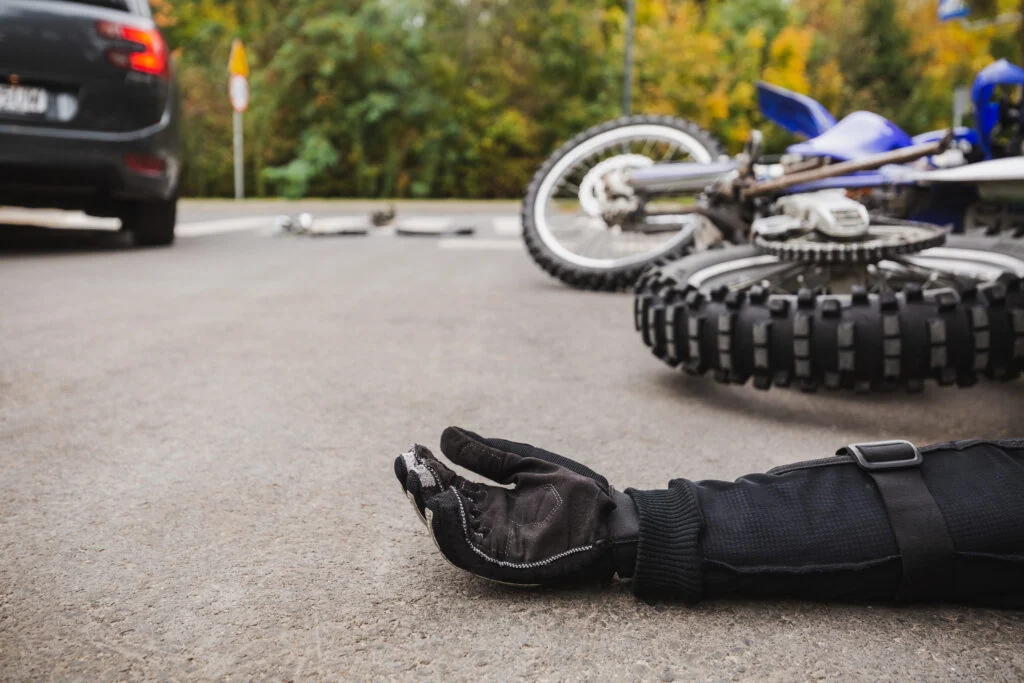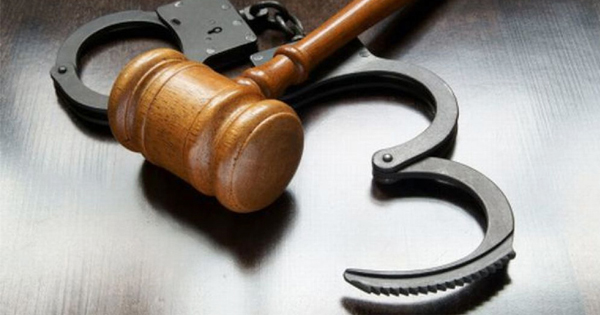Motorcycle crashes in Riverside often happen in seconds, but the consequences can last for years. Riders face unique risks from distracted drivers, hazardous road conditions, and limited visibility that make collisions more severe and complex to resolve. If you’re coping with injuries, medical bills, and insurance calls, you need a clear plan to safeguard your claim and your future. Experienced counsel can help you secure police reports, witness statements, and medical documentation while you focus on healing. Law firms such as Ochoa & Calderon understand the terrain of these cases and how to push back when insurers minimize injuries. Skilled Riverside Motorcycle Accident Lawyers also know how to time negotiations and protect evidence so your rights are preserved from day one.
Common Causes of Motorcycle Crashes in Riverside Traffic
Riverside’s mix of freeway interchanges, busy surface streets, and changing light conditions presents frequent hazards for riders. Many collisions involve drivers who fail to yield during left turns, misjudge a motorcycle’s speed, or overlook a rider in a blind spot. Distracted driving—texting, GPS use, or infotainment systems—delays reaction time and increases rear-end and sideswipe impacts. Road design and maintenance also play a role: worn lane markings, potholes, loose gravel, or uneven pavement can destabilize a motorcycle in an instant.
Visibility, Speed, and Road Design Intersect
Low sun angles at dawn and sunset along corridors like the 91 and 60 can wash out a rider’s silhouette, making it harder for drivers to gauge distance. Weather shifts, including unexpected wind gusts in canyon areas, can exacerbate lane drift and reduce a rider’s margin for error. On city streets, sudden lane changes near entrances or exits amplify risk for lane-splitting riders, even when they ride cautiously and within California law. In multi-vehicle crashes, debris and leaking fluids create cascading hazards that lead to secondary impacts.
Intersections are a frequent danger zone for riders, where quick left turns, obstructed sightlines, and stale yellow lights converge. Commercial trucks and buses add complexity because their extended stopping distances and large blind spots make motorcycles harder to spot. At night, inadequate street lighting and reflective glare from wet pavement can obscure a rider even when headlights and reflective gear are used. When negligence, poor infrastructure, or unsafe maneuvers cause harm, consulting Riverside Motorcycle Accident Lawyers helps riders document these contributing factors thoroughly and turn them into proof of fault.
How Attorneys Gather Crash Evidence to Determine Liability
Building a strong case starts with rapid evidence preservation and expands into a methodical investigation. Lawyers often issue preservation letters to secure nearby surveillance footage, vehicle data, and 911 recordings before they’re overwritten. Photos of skid marks, impact points, and vehicle resting positions help reconstruct the sequence of events. Witness statements captured promptly can reveal the driver’s speed, signal use, or cellphone distraction—details that often disappear as memories fade.
From the Crash Scene to the Case File
Investigations commonly include requesting the complete traffic collision report, body-worn camera footage, and dispatch logs from responding agencies. Subpoenas may be used to obtain cellphone records, ride-share trip data, or commercial vehicle maintenance logs when those records could show distraction or mechanical issues. Attorneys also review medical records to connect injuries to specific crash dynamics—helmet damage, leg fractures consistent with a side impact, or abrasions tied to ejection. In contested cases, accident reconstruction experts analyze crush damage, EDR data from involved cars, and time–distance calculations to identify who had the last clear chance to avoid the crash.
The best investigations tie every piece of evidence to a liability theory that stands up to scrutiny by insurers and, if needed, a jury. For example, a left-turn crash might combine lane geometry measurements, sun-angle data, and dashcam footage to show the rider’s right-of-way. Law firms like Ochoa & Calderon regularly track down technical documentation—vehicle recalls, intersection timing plans, road work orders—to show negligence beyond a single mistake. When the case file tells a coherent story anchored by reliable proof, insurers have less room to spin doubt and more reason to settle on fair terms.
Understanding Insurance Challenges Unique to Motorcycle Claims
Motorcycle claims often collide with bias: adjusters may assume riders are inherently risky, even when the other driver is clearly at fault. Insurers sometimes dispute visibility, suggesting the rider was “hard to see,” and use that to argue for shared fault under California’s comparative negligence framework. Policy limits can be another obstacle; drivers with minimal liability coverage can’t fully compensate for severe injuries, making uninsured/underinsured motorist coverage critical. Disagreements can also arise over helmet use, gear quality, and medical causation, with insurers seeking to downplay traumatic brain injuries, nerve damage, or complex orthopedic harms.
Coverage Pitfalls and Negotiation Leverage
A strong claim combats bias with credible, consistent documentation. Detailed medical narratives tying symptoms to crash forces, therapy records showing functional progress, and employer statements on missed work build economic and non-economic damages. Property damage appraisals should value specialized equipment—aftermarket parts, custom gear, rider tech—so settlement numbers reflect the full loss. Strategically, it helps to show leverage: reconstructive analysis, strong witness accounts, and a proven track record of courtroom readiness all drive better offers.
Insurers often request recorded statements early and scour social media for posts that can be misinterpreted to minimize pain or disability. Riders benefit from measured communication, routing all discussions through counsel to prevent inadvertent admissions. By managing timelines for medical documentation, setting clear demand packages, and resisting premature releases of protected information, claimants shift negotiations to facts and law rather than stereotypes. When settlement stalls or lowball offers persist, experienced Riverside Motorcycle Accident Lawyers can escalate with arbitration, litigation, or policy-limits demands that keep pressure on the carrier to act in good faith.
Evaluating Medical Treatment Needs for Severe Rider Injuries
Motorcycle injuries frequently involve more than fractures and bruising; riders may suffer concussions, diffuse axonal injuries, spinal trauma, or complex joint damage that requires surgical repair. Road rash can lead to infections or require skin grafting, and hand or wrist injuries can impair basic activities like typing or driving. Pain syndromes, such as CRPS, complicate recovery and must be carefully documented by pain specialists. Emotional injuries—PTSD, anxiety, sleep disturbances—also affect functioning and should be integrated into the treatment plan and damages model.
Building a Future-Focused Damages Picture
A comprehensive evaluation projects the full course of care: surgeries, hardware removal, injections, physical and occupational therapy, and psychological counseling. Life-care planners can estimate durable medical equipment, home modifications, and transportation needs, while vocational experts assess how injuries alter earning capacity. Calculating lost income isn’t just about missed days; it’s about career trajectory, overtime history, and benefits that vanish when a rider can’t return to the same role. For non-economic damages, a persuasive narrative shows how pain, limitations, and lost experiences diminish daily life—capturing a human story rather than a spreadsheet alone.
Coordinating treatment with legal strategy ensures the claim reflects the true cost of recovery and long-term stability. Accurate medical billing, coding audits, and negotiation of provider liens prevent inflated charges from consuming settlement funds. Subrogation rights for health insurers or government programs must be addressed to avoid surprises after resolution, safeguarding the rider’s net recovery. Firms such as Ochoa & Calderon often engage medical experts early to document causation and prognosis, strengthening the link between the crash and every element of damages that the law allows.
Why Immediate Legal Action Protects Riders From Unfair Settlements
Time is a critical factor after a crash, both for evidence preservation and for meeting legal deadlines. California’s statute of limitations generally gives two years for personal injury claims, but claims involving public entities may require a government claim within six months. The longer you wait, the more likely it is that security footage is overwritten, vehicles are repaired, and witnesses become hard to locate or less certain. Meanwhile, insurers may push quick, inadequate offers before the full scope of injuries is known, hoping to settle claims cheaply.
Strategic First Steps After a Crash
Early action focuses on securing the motorcycle, gear, and any data-enabled devices so experts can inspect and test without spoliation. Prompt medical evaluation creates a baseline for symptoms and catches hidden injuries that often surface days later, such as concussions or internal trauma. Coordinating communications through counsel prevents harmful recorded statements and ensures that documentation—from medical notes to repair estimates—aligns with a clear liability theory. When negotiations begin, a well-organized demand anchored by evidence, law, and a realistic valuation signals credibility and discourages stall tactics.
Acting quickly also expands the range of remedies, including uninsured/underinsured motorist claims and potential third-party liability for unsafe road conditions or defective parts. Local experience matters, because court practices, judge preferences, and regional traffic patterns can influence case strategy and timelines. Strategic guidance from Riverside Motorcycle Accident Lawyers helps riders make informed choices about treatment, vehicle inspections, and settlement posture at each stage. With seasoned representation from a team like Ochoa & Calderon, you gain an advocate who prioritizes your recovery, protects your claims from the outset, and stands ready to try the case if that’s what justice requires.











